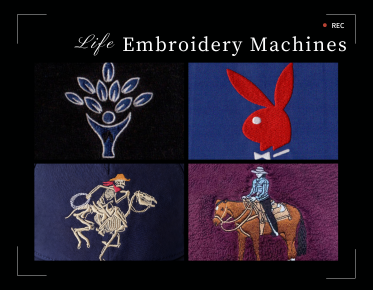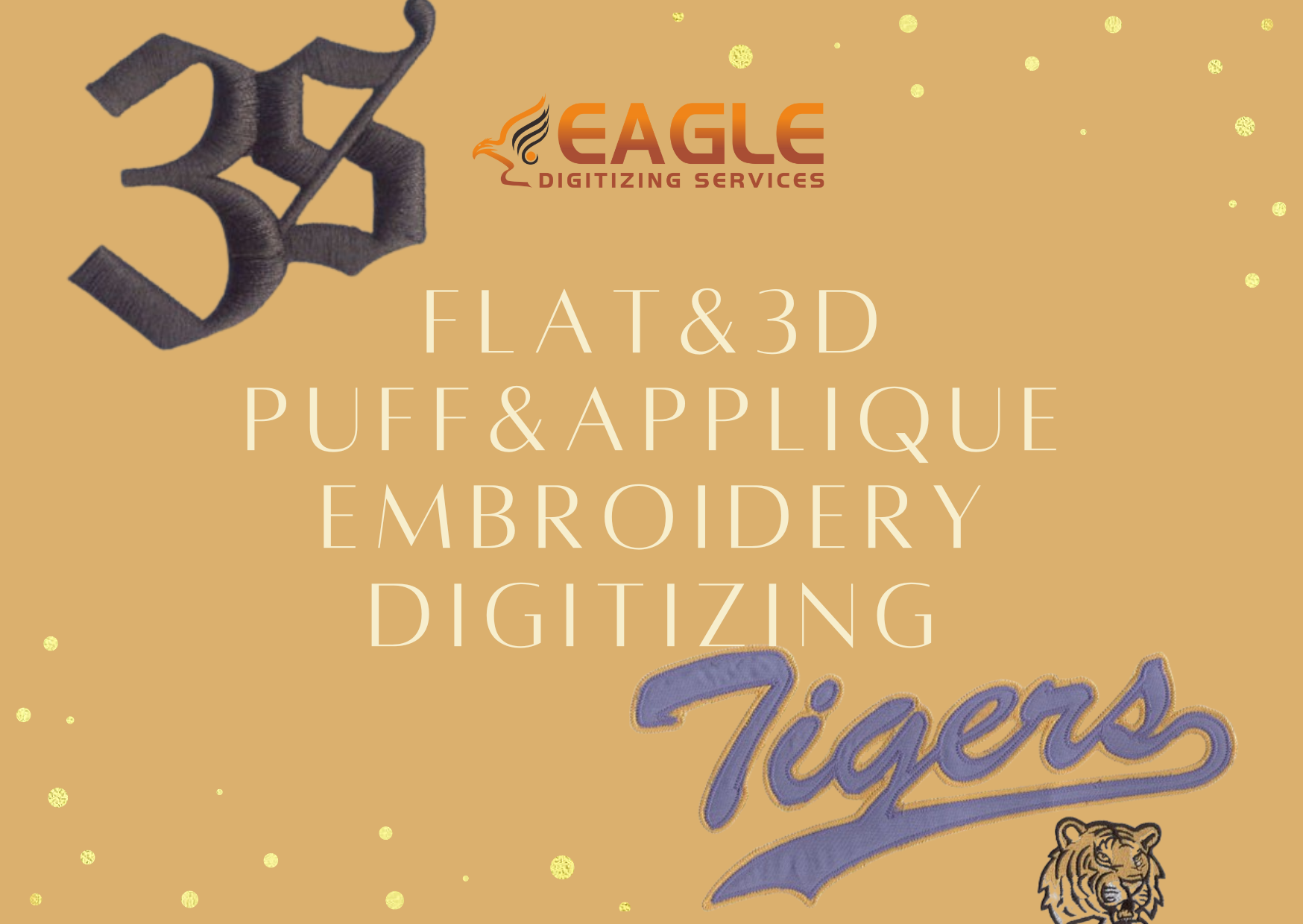How is Sustainable Fashion Driving the Use of Eco-Friendly Threads in Embroidery Digitizing?
The fashion industry is undergoing a significant transformation as sustainability becomes a central focus. This shift is not only changing how clothes are designed and produced but also influencing the materials used in various aspects of fashion, including embroidery digitizing. The use of eco-friendly threads in embroidery digitizing is a testament to this change, as more brands and consumers demand environmentally responsible products.
The Rise of Sustainable Fashion
Sustainable fashion is a movement towards creating a system that can be supported indefinitely in terms of human impact on the environment and social responsibility. This movement is driven by the increasing awareness of the environmental impact of traditional fashion practices, which often involve significant waste and pollution. As a result, many fashion brands are adopting sustainable practices, including the use of organic and recycled materials, ethical labor practices, and reducing carbon footprints.
Eco-Friendly Threads in Embroidery
Embroidery digitizing, the process of converting artwork into a digital file that can be read by embroidery machines, is also adapting to the sustainable fashion trend. The use of eco-friendly threads, which are made from organic or recycled materials, is becoming more common. These threads are designed to minimize environmental impact while maintaining the quality and durability required for embroidery. The demand for such materials is increasing as consumers become more conscious of the environmental impact of their purchases.
Benefits of Eco-Friendly Threads
Eco-friendly threads offer several benefits. They are often made from natural fibers such as organic cotton or bamboo, which are biodegradable and have a lower environmental impact compared to synthetic fibers. Additionally, these threads are produced using processes that reduce water and energy consumption, further contributing to sustainability. For businesses, using eco-friendly threads can enhance brand image and appeal to environmentally conscious consumers.
Impact on Embroidery Digitizing Services
The shift towards sustainable materials is influencing embroidery digitizing services. Companies like Eagle Digitizing are adapting to these changes by offering services that accommodate eco-friendly materials. Their expertise in embroidery digitizing ensures that designs are created with efficient product sew-outs in mind, minimizing waste and optimizing the use of materials【4:1†source】.
Challenges and Opportunities
While the adoption of eco-friendly threads presents opportunities for innovation and market differentiation, it also poses challenges. The cost of sustainable materials can be higher, and the availability of such materials may be limited. However, as demand grows, it is expected that the supply chain will adapt, making eco-friendly options more accessible and affordable.
The Role of Technology in Sustainable Embroidery
Technology plays a crucial role in advancing sustainable practices in embroidery digitizing. Advanced software and machinery allow for precise control over the embroidery process, reducing waste and improving efficiency. Companies that invest in these technologies can offer high-quality products while adhering to sustainable practices.
Future Trends in Sustainable Embroidery
Looking ahead, the trend towards sustainability in fashion and embroidery is expected to continue. Innovations in materials and technology will likely lead to even more eco-friendly options. As consumers become more informed and demand greater transparency, companies will need to adapt to remain competitive. The integration of sustainable practices in embroidery digitizing is not just a trend but a necessary evolution for the industry.
In conclusion, the drive towards sustainable fashion is significantly impacting the use of eco-friendly threads in embroidery digitizing. As the industry continues to evolve, businesses that embrace these changes will not only contribute to environmental conservation but also position themselves as leaders in a rapidly changing market. The future of embroidery digitizing lies in its ability to innovate and adapt to the growing demand for sustainable solutions.



